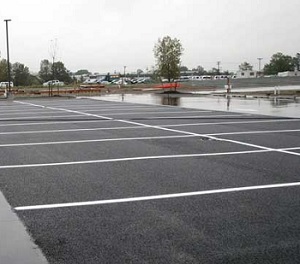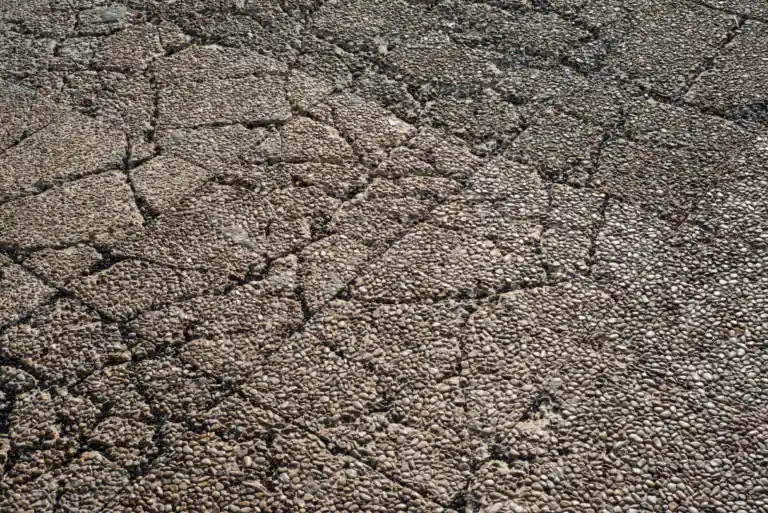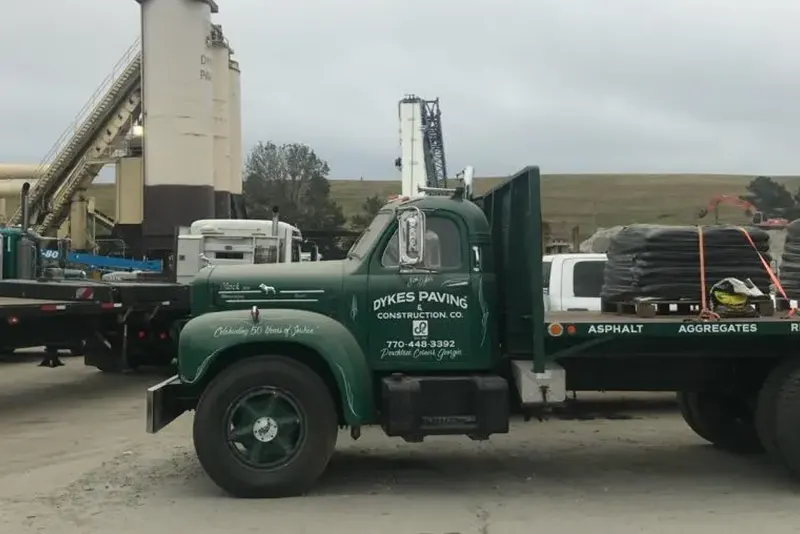 Everyone today knows what asphalt is: the black material that paves roads, parking lots, and driveways all over the world. Yet, the origin and composition of asphalt concrete is more elusive to the average person. Understanding the origin and composition of asphalt concrete can help you determine the best type of asphalt concrete to lie in your driveway to maximize its longevity.
Everyone today knows what asphalt is: the black material that paves roads, parking lots, and driveways all over the world. Yet, the origin and composition of asphalt concrete is more elusive to the average person. Understanding the origin and composition of asphalt concrete can help you determine the best type of asphalt concrete to lie in your driveway to maximize its longevity.
To understand the origins of asphalt concrete, one has to go all the way back to the 6th century BC in Babylonia where the first asphalt roads were laid. It was not until the 18th century, however, that asphalt roads first began to become more widely used and tested for reliability, durability, and firmness. This revolution in asphalt mixtures and widespread applications began in Great Britain.
The earliest forms of asphalt were built using a combination of stone, gravel, and various unearthed road-making materials. These early builders not only devised the first of many variant compositions of asphalt concrete, but also discovered ways to allow for proper water drainage and calculated the gradient and type of traffic that would travel on it to create firmer roads.
Asphalt’s American Debut
In the U.S., the first asphalt road was built in New Jersey in 1870 by Belgian chemist Edmund DeSmedt who had immigrated to the United States. His work would also lay the foundation for the paved roads on Pennsylvania Avenue in Washington, D.C. These early asphalt constructions were made with natural asphalt. The D.C. asphalt only lasted about eleven years before it began to deteriorate.
Since the primary sources of traffic were pedestrians and horse-drawn carriages, the use of stones and gravel overlaid by asphalt were sufficient for the time. It was not until the advent of the automobile that the weight and volume of traffic made these early stony asphalt mixtures obsolete. What followed was nearly a century of innovation and experimentation with different asphalt composite mixtures.
Innovations in Asphalt
Sand was one of the first additives combined with asphalt in the early iterations of modern day road pavement in the U.S. By the early 20th century, petroleum became the most widely used asphalt mixture over stones and natural asphalt. Though sand, water, and petroleum binding agents are still used to this day, many asphalt composite variations continued to increase durability and sustainability.
Today, the type of asphalt concrete that is used to build highways, buildings, and airport runways differs according to the weight of the traffic and the type of wear and tear that is anticipated. Some asphalt concrete is designed with mixtures that bear heavier loads, while others, such as highways, use variants of asphalt concrete that are more porous to allow for proper drainage. While concrete is used in some places to build firm walkways, most roads are made using asphalt concrete because it is less expensive, easier to maintain, and much more versatile than concrete is.
Paving companies, such as Dykes Paving in Atlanta, are continuing the long evolution of asphalt by devising innovative ways to improve the sustainability of asphalt concrete.








